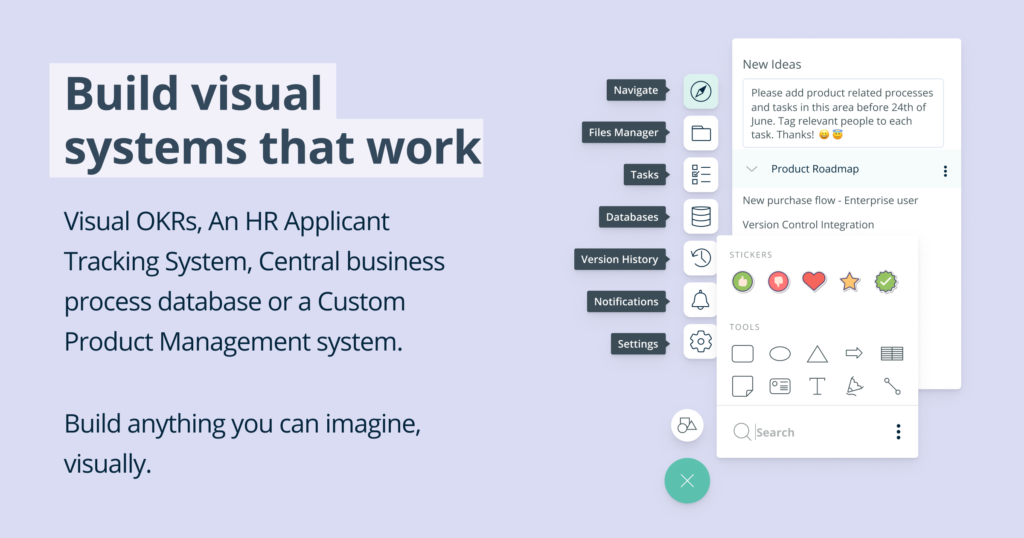Start at the beginning of Business Analysis…
As a beginner Business Analyst, it is important to firstly look at the concepts surrounding requirements and what is referred to here as ‘requirements engineering’. Although Business Analysis as a profession covers a wider spectrum of skills than requirements engineering, understanding and applying requirements engineering is fundamental to every Business Analyst’s career and daily role within their industry.
There are 3 fundamental concepts that you must understand before doing any other study. These concepts are that of:
- What are Requirements?
- Who are stakeholders and what is their role in requirements?
- And thirdly, what is the definition of Requirements Engineering?
What is a requirement?
Let me ask you a few questions first. Is getting a coffee every morning a requirement for you? Perhaps having a laptop that works is a requirement for you? Is it a requirement that you are paid every month?
So… “A requirement is a condition or a capability needed by an individual or group of individuals to solve a problem or achieve an objective”…
Understanding what a requirement is will help you understand who the stakeholders are.
Who are the Stakeholders?
Stakeholders are people or organizations that have some type of impact on our project. For example, Susie from the Human Resources department can be a stakeholder if we are working on a human resources related system or project. In a similar way, we can have John from Payroll as a stakeholder if he needs to be consulted about his requirements for the financial aspects (such as salary and bonus calculations) of the Human Resources system.
It is important to identify all the different types of stakeholders early on during your project. It is also important to identify the different types of stakeholders. Some stakeholders are called direct stakeholders. These are the people who will be directly impacted by the system or project we are implementing. They can be users of the system or their role in the organization could be affected with the implementation of the new system. There are also indirect stakeholders who need to know what is going on in our project but may not be directly impacted. These types of stakeholders can include people from related business areas or even external parties that need to be considered. An example of an external stakeholder in the context of the Human Resources system would be the Government Policies around employee rights and regulations.
 Therefore in summary we can define a stakeholder of a system as a person or an organization that has a (direct or indirect) influence on the requirements of the system.
Therefore in summary we can define a stakeholder of a system as a person or an organization that has a (direct or indirect) influence on the requirements of the system.
What is Requirements Engineering?
Requirements Engineering is defined as a systematic and disciplined approach to the specification and management of requirements with specific goals:
Firstly
– knowing the relevant requirements, achieving a consensus among the stakeholders about these requirements, documenting them according to given standards and managing them systematically.
Secondly
– understanding and documenting the stakeholders desires and needs, then specifying and managing requirements to minimize the risk of delivering a system that does not meet the stakeholder’s desires and needs.
Conclusion
Understanding the meaning of what requirements essentially are, what requirements engineering entails and what the role of stakeholders are, is fundamental to starting your career as a Business Analyst and being able to build your knowledge of the profession. You should also learn what do Business Analysts do in detail, so that you can be fully prepared for what lies ahead.
Understanding the meaning of what requirements essentially are, what requirements engineering entails and what the role of stakeholders are, is fundamental to starting your career as a Business Analyst and being able to build your knowledge of the profession.





